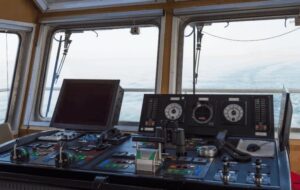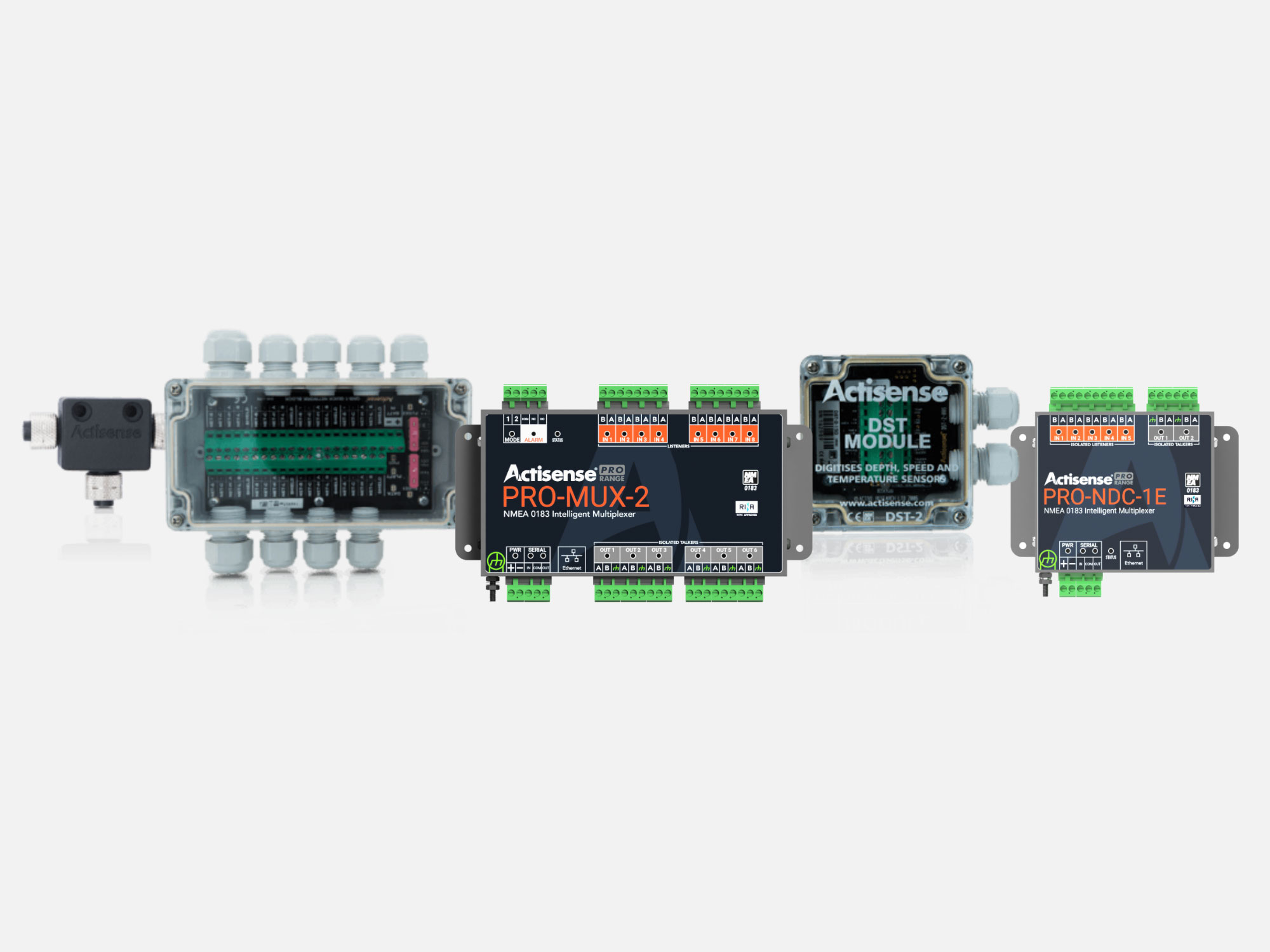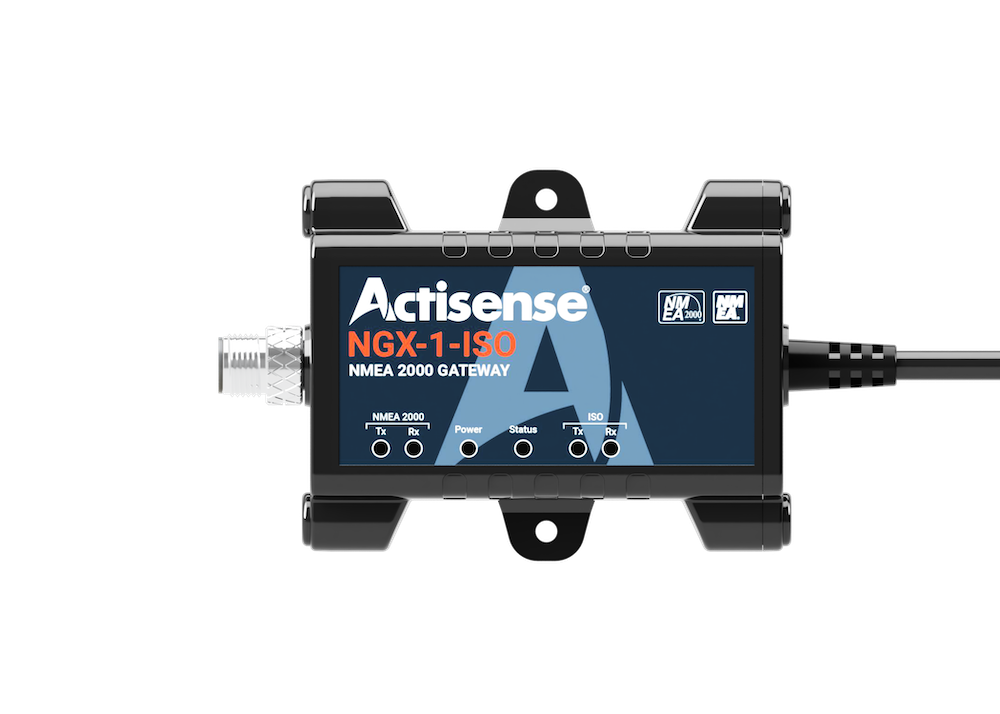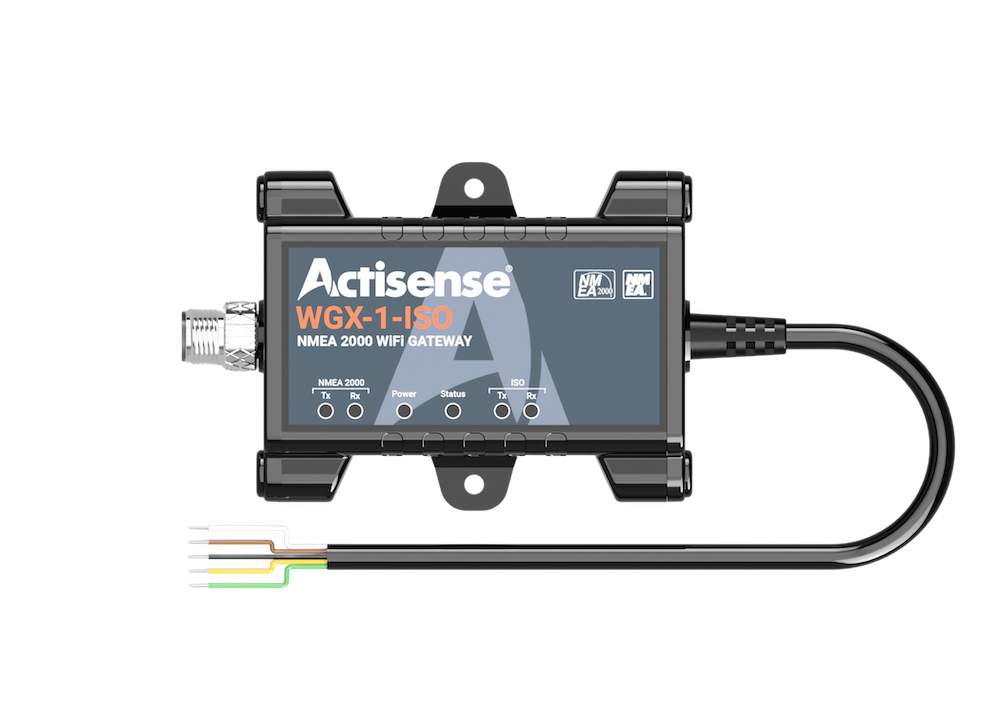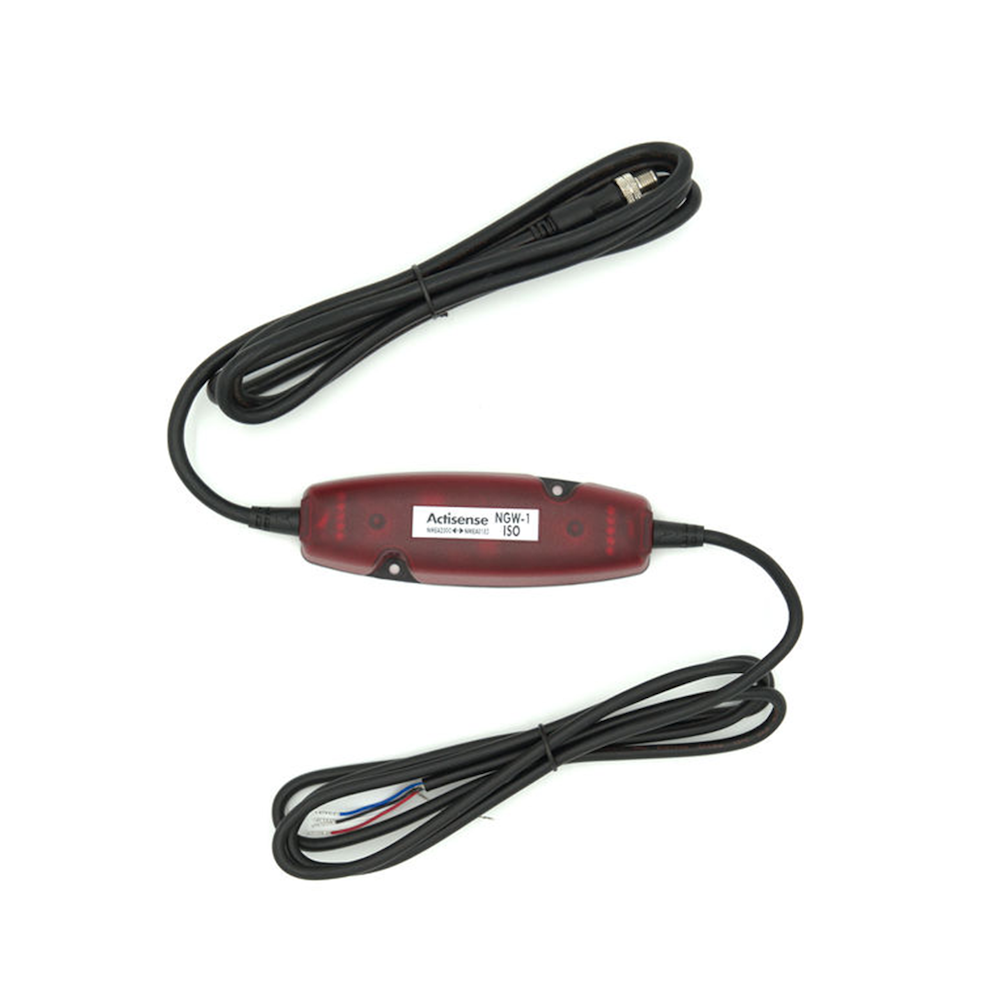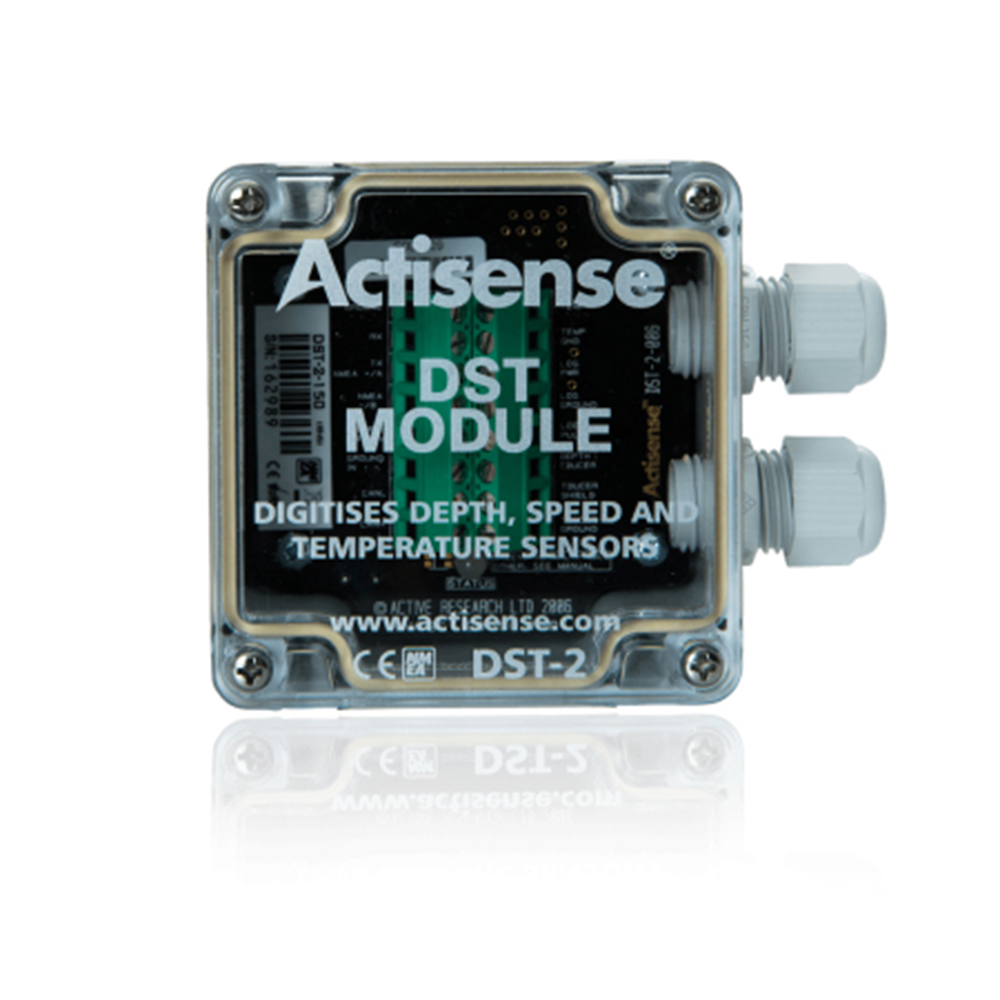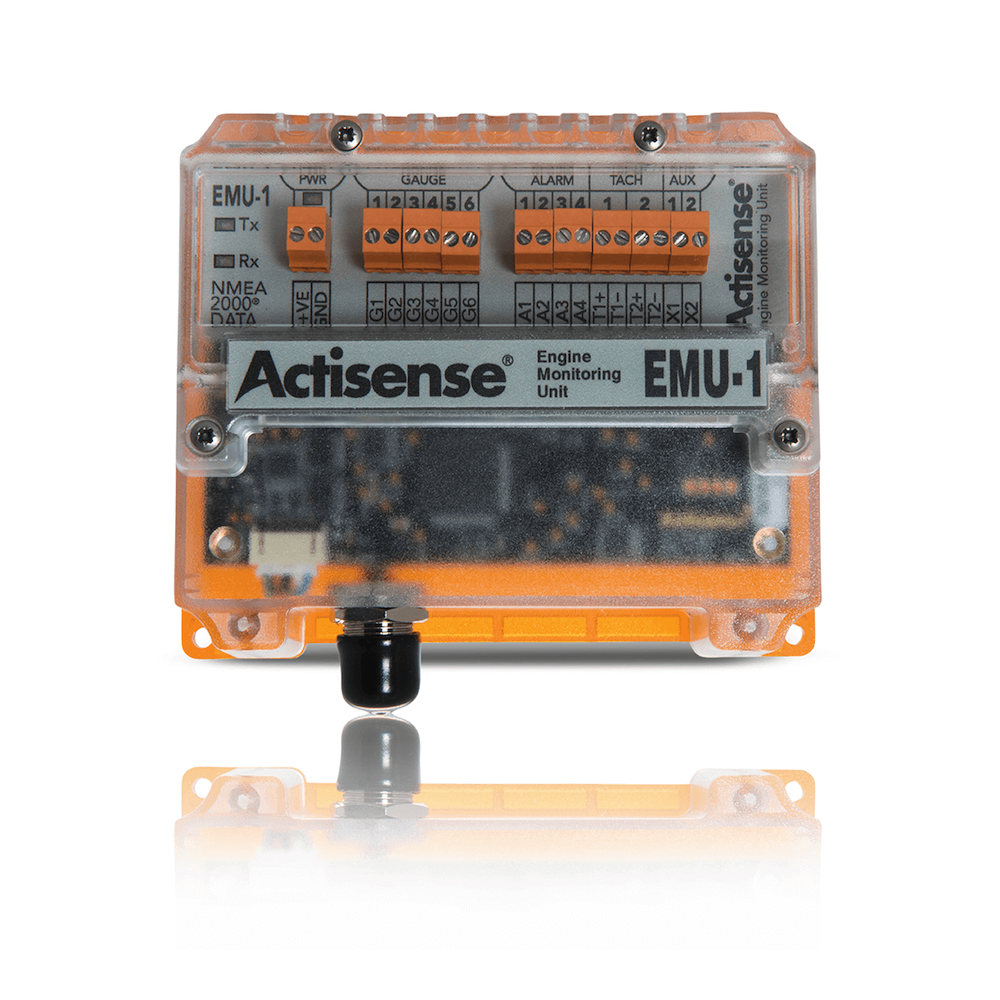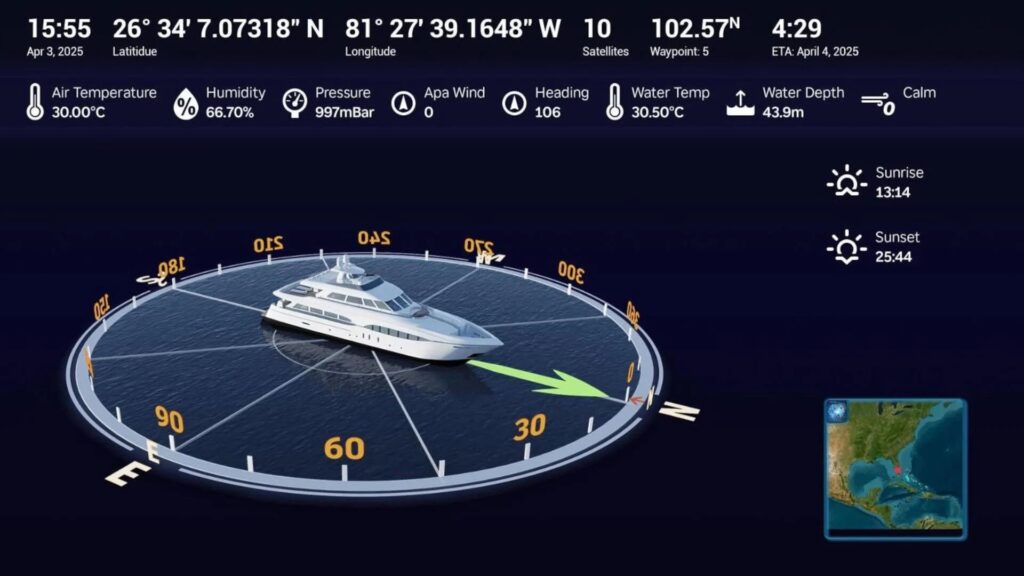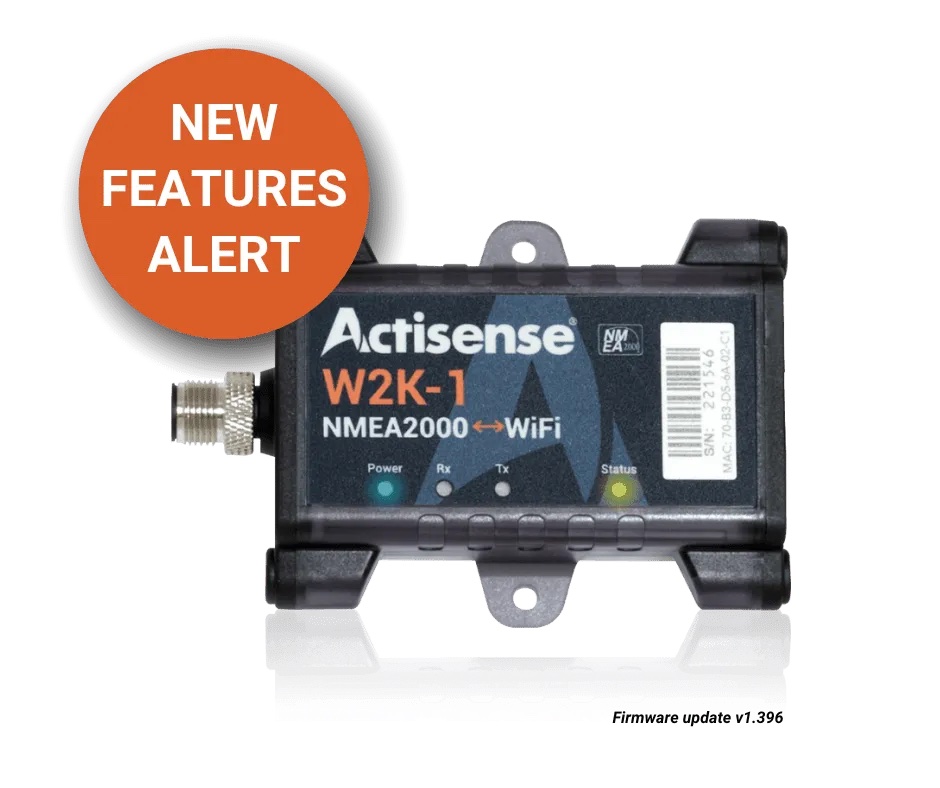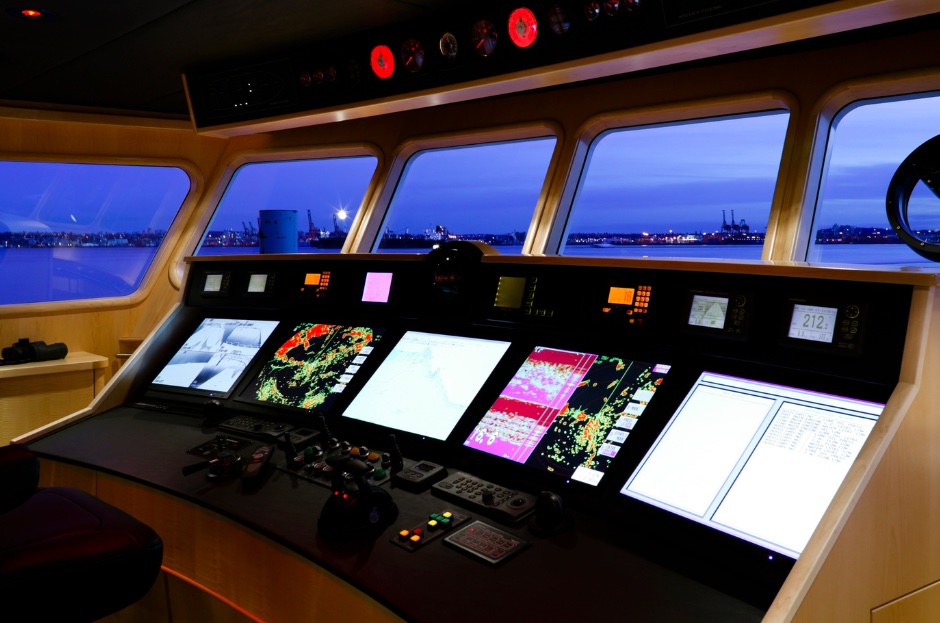
Actisense develops the PRO-NDC-1E2K, an intelligent NMEA 0183 multiplexer with built-in NMEA 2000 conversion and Ethernet connectivity. The RINA type-approved device streams NMEA data over Ethernet, allowing vessel data to be shared with applications and connected devices.
Ethernet has become a core technology in the marine sector, supporting reliable, high-speed data transfer for modern vessels and offshore platforms. It enables advanced automation systems for navigation, propulsion, safety, and environmental monitoring, with advantages such as high bandwidth, scalability, and compatibility with multiple devices and protocols.
In navigation and bridge systems, Ethernet integrates RADAR, GPS, and ECDIS by providing time-critical communication, redundancy, and long-distance transmission with fiber optics.
Condition monitoring and predictive maintenance use Ethernet-connected sensors and controllers to deliver real-time diagnostics, predictive capabilities, and remote monitoring, with emerging technologies such as Single Pair Ethernet and Power over Data Line improving efficiency.
Ethernet also underpins safety and surveillance systems, supporting CCTV, fire detection, and access control with centralized monitoring and high-resolution transmission. Innovations like the Advanced Physical Layer extend its reliability in demanding marine environments.
Overall, Ethernet supports navigation, automation, safety, surveillance, and crew welfare, making it critical for modern maritime operations. Its role continues to expand as digitalization advances.
Ethernet in the Marine Industry: Transforming Ship Connectivity and Automation >>





